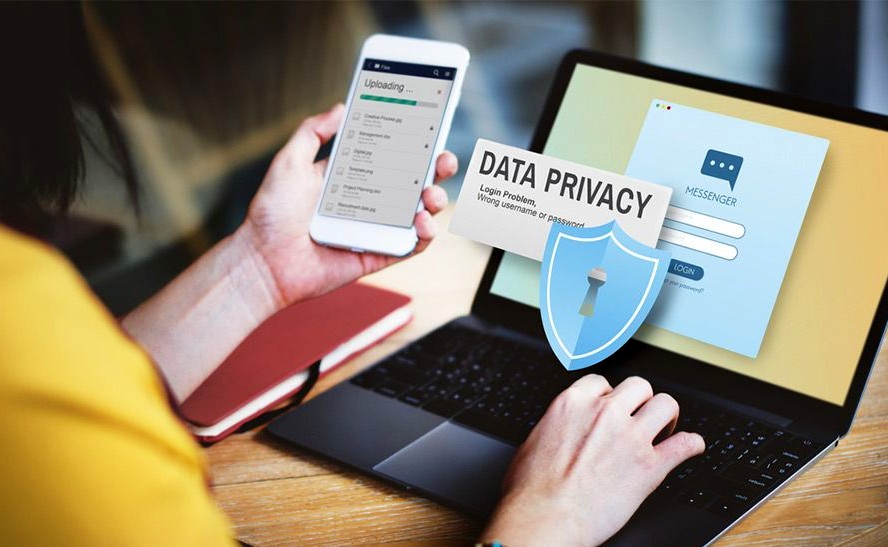I constantly strive to develop and acquire new knowledge, my experience and additional education confirm this.
Personal verification of information in open data
Individual information searching in open-data is an important component of ensuring the transparency, authenticity and reliability of data used for various purposes, including legal, commercial and personal needs. In Ukraine, there are various sources of open data that can be used to verify information.
The main stages of personal verification of information in open data
1. Determination of the objectives of the inspection.
2. Search for relevant sources of open data
3. Data analysis and verification
4. Documentation of results
Detailed description of the process
1. Determination of the objectives of the inspection
Before starting the verification, it is necessary to clearly define what information needs to be verified and for what purpose. It may be:
- Verification of registration of legal entities.
- Inspection of real estate before purchase.
- Checking the status of court cases.
- Verification of information on public procurement.
- Verification of intellectual property rights, etc.
2. Search for relevant sources of open data
In Ukraine, there are numerous resources where you can find open data to verify information:
- Unified State Register of Legal Entities, Individual Entrepreneurs and Public Organizations: opendatabot.ua
- State register of property rights to immovable property: UkrDerzhReyestr
- Unified state register of court decisions: reyestr.court.gov.ua
- Prozorro: Platform for public procurement prozorro.gov.u.a
- Ukrainian Institute of Intellectual Property (Ukrpatent): uipv.org
- Open data of the Ministry of Internal Affairs of Ukraine: data.gov.ua
3. Data analysis and verification
Collection of information:
- Collect all necessary data from relevant sources.
- Keep copies of documents or screenshots as proof of verification.
Validation:
- Compare the received data with the available information.
- Identify any inconsistencies or errors.
- Check the update dates of the information to make sure it is up-to-date.
Data evaluation:
- Assess the relevance and completeness of the received data.
- Determine whether the collected information is sufficient to make an informed decision.
4. Documentation of results
Compilation of the report:
- Prepare a report that includes all data collected, verification methods and conclusions.
- Include copies or links to data sources in the report.
Recommendations:
- Provide recommendations based on inspection results.
- Point out possible risks or the need for additional checks.
Storage of documentation:
- Keep all documentation in a safe place for possible future reference or review.
Conclusions
Personal verification of information in open data is an important process for making informed decisions and ensuring transparency in various spheres of activity. The use of open data allows you to reduce risks, increase confidence in the received information and ensure its reliability and relevance.
































